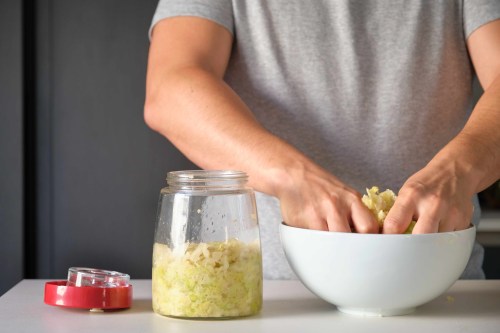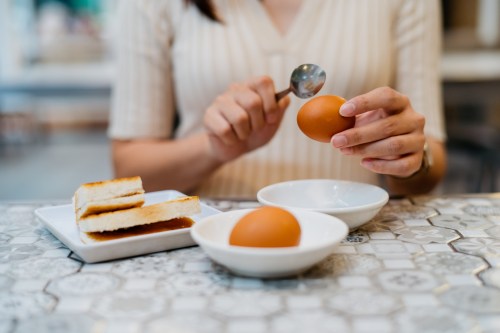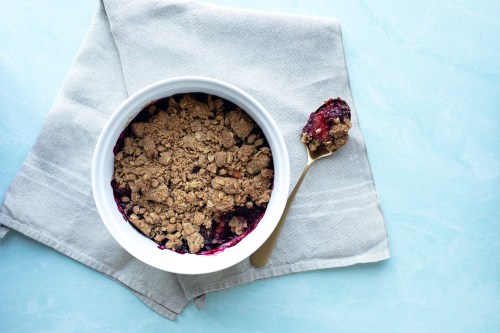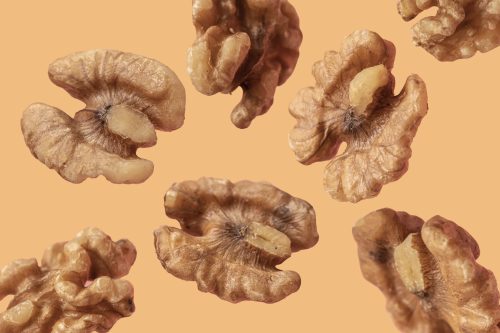Our editors independently select these products. Making a purchase through our links may earn Well+Good a commission
Your Afternoon Snack Just Got Even Better Thanks to These Delicious, Gut-Healthy Crackers
Herbalist and health coach Rachelle Robinett shares her high-fiber crackers recipe, starring chia seeds, and several other types of seeds.
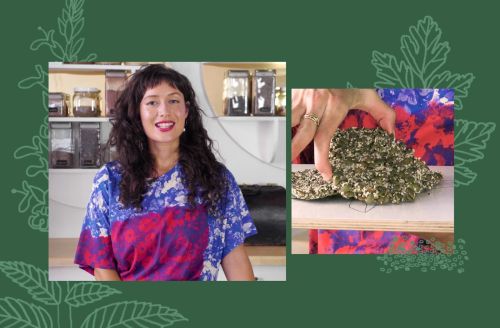
It seems like registered dietitians, doctors, and health coaches are always taking about the importance of fiber. It lowers inflammation! Gives you better poops! Helps you meet the partner of your dreams! Okay, maybe not the last one, but definitely the first two.
Experts in This Article
registered herbalist, educator, and founder of Supernatural
The reality is, the vast majority of Americans don’t get enough fiber—not even close. The USDA’s 2015-2020 dietary guidelines for Americans recommend between 25.2 and 28 grams of dietary fiber each day for women ages 18 to 50. You know how much the average person gets? Fifteen grams a day. That’s where a snack stash of high-fiber go-tos can come in handy.
Holistic health coach and herbalist Rachelle Robinett likes making a big batch of high-fiber crackers to have on hand for this very reason. She shares her personal recipe in the latest episode of Well+Good’s YouTube show, Plant-Based. The starring high-fiber ingredient in her recipe: chia seeds.
“These little guys are so full of nutrition, vitamins, minerals, and fiber,” Robinett says. She explains that they contain all the essential amino acids, which are involved in almost every bodily function, including growth, healing, digestion, and providing energy.
Besides the chia seeds, her recipe also includes sunflower seeds, pumpkin seeds (aka pepitas), sesame seeds, garlic, and sea salt. The seeds bring even more fiber to the table and also have protein, key for making any snack truly satiating. Robinett also adds a blend of medicinal mushrooms to her recipe (such as chaga, reishi, cordyceps, and lion’s mane), all of which are good for brain and immune health.
The end result is a delicious, healthy cracker that’s the perfect complement to whatever you want to snack on. “[These crackers] are little energy bombs, little healthy fat bombs,” Robinett says. Eat them as is, top them with cheese, or dip them in hummus or guacamole. Drooling yet? Watch the video above to get the recipe.
Join Well+Good’s Cook With Us Facebook group for more healthy snack ideas—and to share your own favorites.
